There’s something almost mystical about the way morning mist clings to the ridgelines of Western North Carolina, as if the mountains themselves are exhaling the dreams of the night before. This is a landscape that has witnessed Cherokee hunting parties, moonshine runners, and now a steady procession of backpackers seeking what remains of authentic wilderness in an increasingly connected world. Here, across more than 1.5 million acres of public land, the Appalachian Trail threads through ecosystems that range from temperate rainforests to alpine-like balds, creating what may be the most compelling argument for multi-day hiking on the East Coast.
The region’s peculiar geography with elevations that swing from 1,200 feet in river valleys to 6,684 feet atop Mount Mitchell—creates microclimates and ecosystems that shift as dramatically as the weather. One morning you might wake to rhododendron blooms at 2,000 feet, then spend the afternoon navigating through clouds on a grassy bald that could pass for Scottish highlands. It’s this diversity, combined with a trail infrastructure that has been evolving for nearly a century, that makes Western North Carolina both forgiving for beginners and endlessly challenging for veterans.
The Crown Jewel: Great Smoky Mountains National Park
If Western North Carolina were a symphony, Great Smoky Mountains National Park would be its crescendo. Here, within the most visited national park in America, lies a backcountry system that seems almost designed to contradict every assumption about wilderness accessibility. The park maintains over 100 designated backcountry campsites and 15 trail shelters, creating a network that allows for everything from weekend loops to weeklong traverses without ever requiring the same campsite twice.
The Appalachian Trail’s 72-mile section through the park reads like a greatest-hits collection of Southern Appalachian landscapes. The trail gains more than 20,000 feet of cumulative elevation as it meanders from Fontana Dam to Davenport Gap, passing through iconic locations that have become pilgrimage sites for hikers: Newfound Gap, where a simple stone marker divides Tennessee from North Carolina; Charlies Bunion, a rocky outcrop that offers views worth the challenging approach; and Kuwohi (formerly Clingmans Dome), the park’s highest peak at 6,643 feet, where observation towers pierce low-hanging clouds like stone needles.
What separates the Smokies from other wilderness areas is its shelter system; twelve three-sided stone and wood structures spaced along the AT that function as both practical waypoints and social hubs. Icewater Spring Shelter, perched at 5,900 feet, attracts a steady stream of overnight visitors, while Tricorner Knob, the park’s most remote shelter, offers solitude that feels almost geological in its permanence.
The park’s loop systems reveal a different character than the linear AT experience. The Big Creek Loop (21.5 miles) combines the restored Mount Cammerer fire tower with swimming holes that provide welcome relief during summer months. The Deep Creek Loop offers multiple configurations from 15 to 28 miles, featuring three major waterfalls and access to backcountry campsites that feel genuinely removed from civilization.
But perhaps the park’s greatest achievement is its permit system, which strikes an almost perfect balance between accessibility and resource protection. For just $4 per person per night (capped at $20 per trip), backpackers can reserve sites up to 30 days in advance. The system is rigorous—designated sites only, maximum three-night stays at campsites, one night at shelters but it works. Bear cable systems are mandatory at all sites, a reminder that this is still very much wild country where black bears maintain the highest population density in North America.
Pisgah: The Thinking Hiker’s Forest
While the Smokies draw crowds with their accessibility and infrastructure, Pisgah National Forest attracts a different sort of backpacker—those seeking challenge over convenience, navigation skills over guidebook certainty. This is a landscape that demands engagement, where wilderness areas like Shining Rock require compass work and where the Art Loeb Trail has earned recognition from National Geographic Adventure as one of North America’s 30 best hikes.
The Art Loeb Trail represents something of an anomaly in Eastern hiking—a 30.1-mile route that travels primarily along ridges and peaks rather than valleys. The trail’s four distinct sections create a choose-your-own-adventure narrative: Section 1 offers moderate introduction, while Section 2 traverses the spectacular Black Balsam Knob area with 360-degree views from 6,214 feet. Section 3 passes through Shining Rock Wilderness, where the challenge shifts from physical to intellectual as unmarked trails demand constant navigation.
The high country balds, grassy meadows above 6,000 feet created by historical logging and fires in 1925 and 1942 offer experiences that feel borrowed from Western mountains. These are landscapes where weather systems are visible for miles, where wildflower displays in late spring rival any alpine meadow, and where the sense of exposure creates an intimacy with the sky that’s rare in Eastern hiking.
Shining Rock Wilderness embodies Pisgah’s commitment to authentic wilderness experience. At 18,483 acres, it’s North Carolina’s largest wilderness area, and regulations reflect that status: bear canisters are required, campfires are prohibited, and group sizes are limited to 10 people. The white quartz outcropping that gives the area its name creates a navigation landmark visible for miles, but reaching it requires skills that many hikers lack.
Linville Gorge Wilderness, the “Grand Canyon of the East”—adds another layer of complexity with its weekend permit system. Only 50 people per night are allowed during peak season, with 70% of permits available one month in advance and 30% released three days prior. The 11.5-mile Linville Gorge Trail follows the river through 1,400-foot cliffs, while rim trails like Table Rock provide views that justify every bureaucratic hurdle.
Nantahala: Where Solitude Still Exists
Nantahala National Forest, North Carolina’s largest at 531,148 acres, offers what may be the region’s best argument for old-school backpacking. The Cherokee name means “land of the noonday sun,” referencing deep gorges where sunlight penetrates only at midday—an apt metaphor for a landscape that reveals its secrets gradually.
The Standing Indian Basin provides one of the Southeast’s most accessible yet rewarding loop opportunities. Twenty to twenty-five miles of trail follow 15 miles of the Appalachian Trail through a horseshoe-shaped drainage with established campsites and reliable water sources. Albert Mountain’s fire tower, Standing Indian Mountain’s often cloud-shrouded summit, and Wayah Bald’s stone CCC tower create waypoints in a journey that feels both manageable and genuinely wild.
Joyce Kilmer-Slickrock Wilderness protects more than 6,000 acres of old-growth forest with trees over 400 years old, some exceeding 20 feet in diameter. The Slickrock Creek Trail is 13.3 miles with 3,700 feet of elevation gain and more than a dozen creek crossings—ranks among the most challenging trails in the Southeast. This is hiking that requires commitment, where navigation mistakes have consequences and where the reward is proportional to the effort invested.
What sets Nantahala apart is its lack of crowds. While water planning becomes critical during late summer and fall when high-elevation sources dry up, the trade-off is solitude that’s increasingly rare in Eastern wilderness areas. Here, you can still experience what backpacking felt like before social media made every hidden waterfall famous.
The Blue Ridge Parkway and State Park Gems
The Blue Ridge Parkway corridor creates a different sort of wilderness experience—one where spectacular scenery meets reliable infrastructure. Basin Cove Backcountry Camping at Doughton Park represents the Parkway’s premier backpacking destination, with eight primitive campsites and fire rings accommodating groups up to six people for maximum three-night stays.
Grandfather Mountain State Park offers technically challenging terrain including cables and ladders, with 13 primitive campsites ranging from 1.5 to 6.8 miles. Mount Mitchell State Park provides walk-in tent sites at 6,684 feet—the highest point east of the Mississippi—though the campground is closed for all of 2025 due to infrastructure improvements.
These state park experiences serve as bridges between car camping and true wilderness backpacking, offering infrastructure and reliability while maintaining authentic outdoor experiences. They’re ideal for testing gear, building skills, and introducing newcomers to multi-day hiking without the stakes of true wilderness travel.
Safety and the Art of Mountain Preparedness
Western North Carolina’s black bear population is approximately 1,500 in Great Smoky Mountains National Park alone creates safety considerations that extend beyond typical hiking preparations. Proper food storage protocols become matters of both regulation and survival, while understanding wildlife behavior patterns can determine the success of an entire trip.
The region’s elevation effects create dramatic temperature differences, with 10-15°F variations between valleys and peaks common. Weather patterns can shift within hours, especially at higher elevations where clear skies can transform into severe thunderstorms. Flash flood risk exists in mountain streams that have recorded multiple fatalities annually.
Navigation challenges in wilderness areas with unmarked trails require strong map and compass skills, while limited cell service throughout WNC wilderness areas necessitates satellite communication devices for emergency situations. This is hiking that rewards preparation and punishes overconfidence.
Hidden Sanctuaries and Advanced Routes
Beyond the established destinations lie hidden gems that reward adventurous backpackers with pristine conditions and true solitude. Middle Prong Wilderness remains one of the least-visited areas in Pisgah National Forest, offering challenging terrain from 3,200 to 6,400 feet with minimal human impact.
Hazel Creek Area in Great Smoky Mountains National Park requires boat shuttle access across Fontana Lake, eliminating road access and creating exceptional solitude. Panthertown Valley—the “Yosemite of the East”—features granite domes and 300-foot cliffs, though it’s been designated a Leave No Trace “Hotspot” due to overuse concerns.
These routes require self-sufficiency and navigation skills that extend beyond typical backpacking, but they offer experiences that feel genuinely undiscovered. They’re reminders that even in our connected age, true wilderness still exists for those willing to work for it.
The Eternal Return
There’s something about Western North Carolina that creates addicts rather than casual visitors. Perhaps it’s the way morning light filters through old-growth hemlocks, or how evening mist rises from valleys like the breath of sleeping giants. Maybe it’s simpler: this is a landscape that still offers the possibility of solitude, of genuine challenge, of experiences that can’t be replicated through screens or social media.
The region’s growing popularity makes Leave No Trace principles more critical than ever, but it also validates what longtime hikers have always known—this is hiking that changes people. The combination of accessible infrastructure and genuine wilderness, established trail systems and navigation challenges, creates a complexity that mirrors life itself.
Current conditions change rapidly due to weather, seasonal factors, and land management decisions. Success requires not just physical preparation but intellectual engagement with landscapes that demand respect. This is hiking that rewards those who approach it seriously, who understand that the mountains set the terms of engagement, not the hiker.
In an age when wilderness feels increasingly theoretical, Western North Carolina offers proof that wild places still exist, still challenge, still transform those willing to carry everything they need on their backs and trust the mountains to provide the rest.
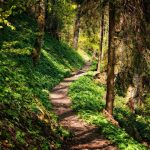
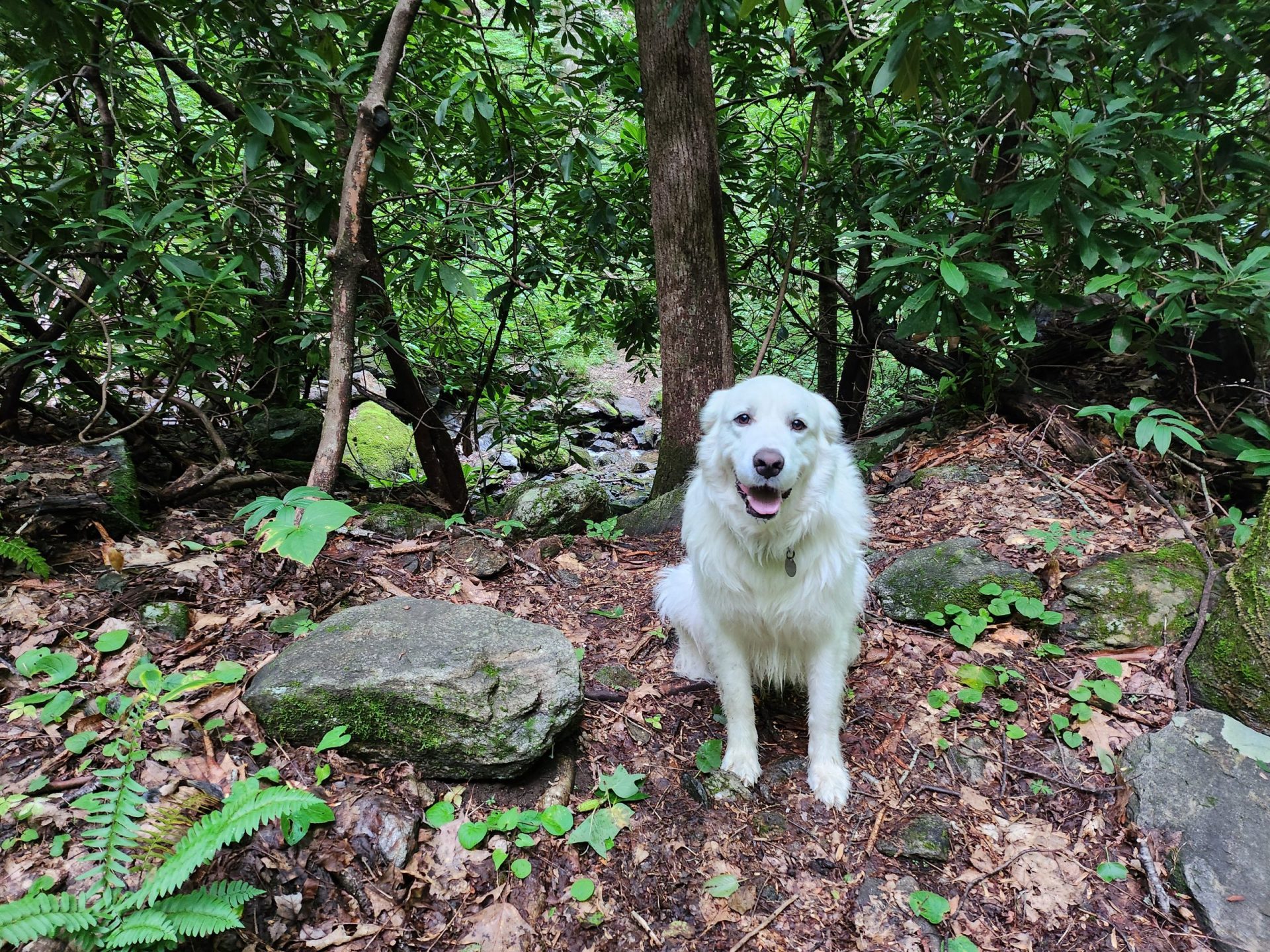
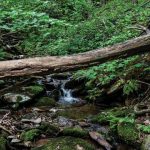
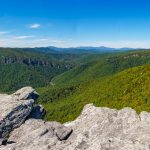

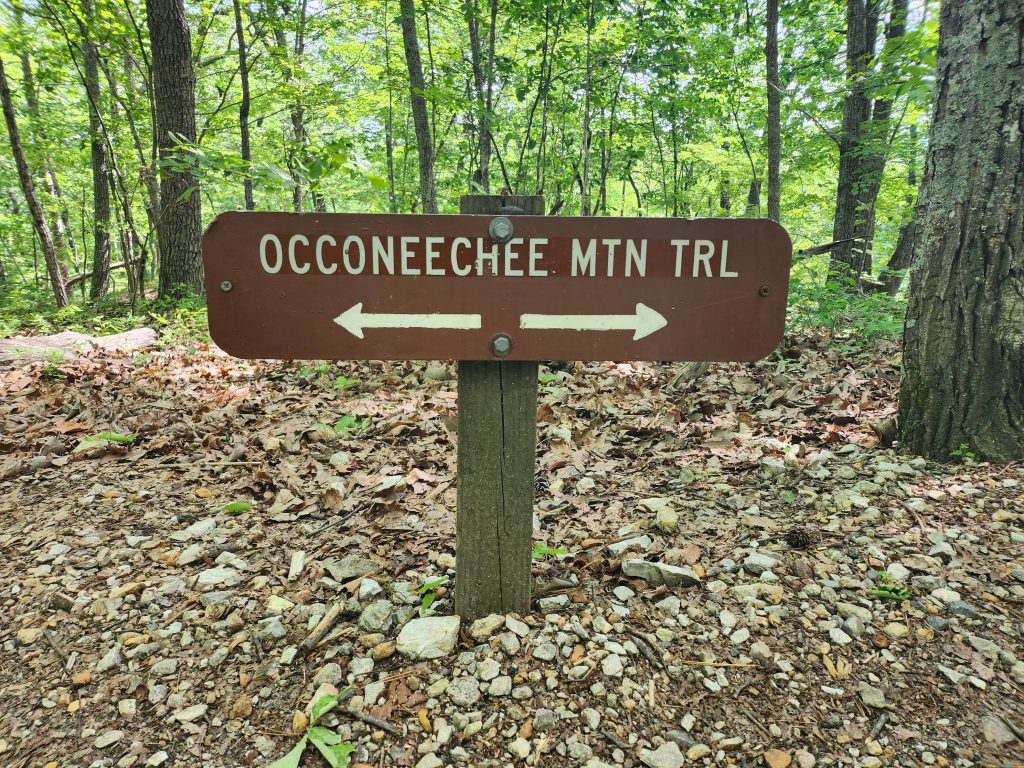
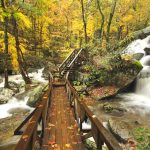

Leave a Reply